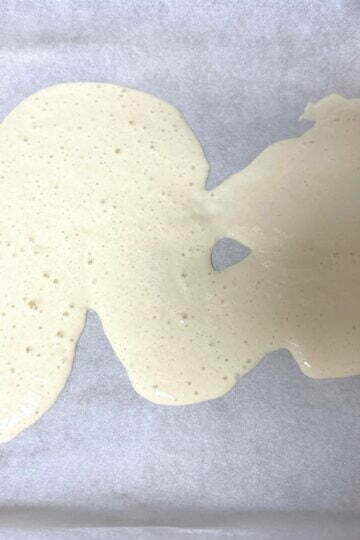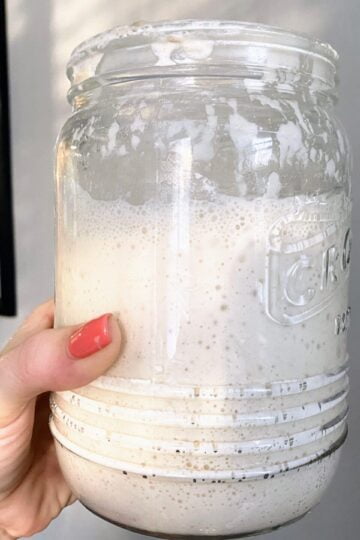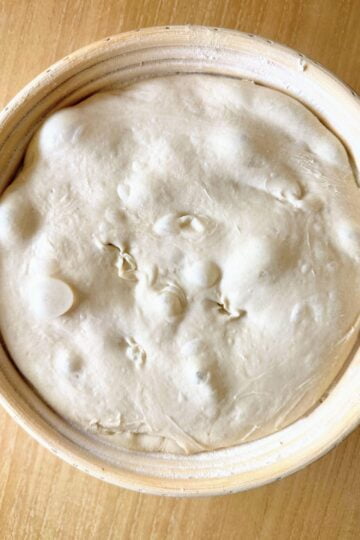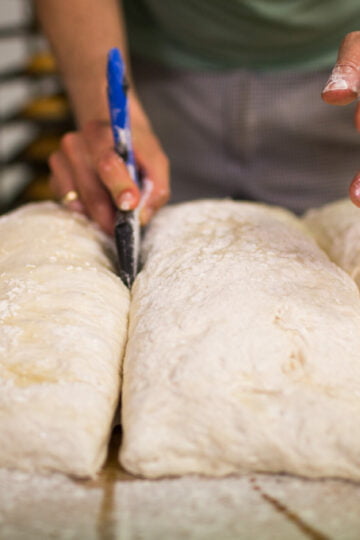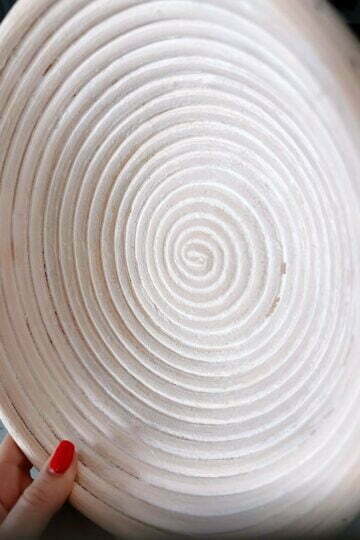How to keep your starter long term? But what if you are not able to feed it every day or every week? Do you stick in in the fridge and leave it there? Can you freeze your starter? Can you dry your starter? What options do you have? There are a few options out there, […]
Basics
What Is Considered an Active Starter? Is Doubling Enough?
Why do we want to know if starter is active or not? Knowing the level of activity of your starter will help you estimate your bulk fermentation time. And knowing your bulk fermentation window, it will help you plan accordingly. You no longer need to sit and watch your bulk ferment anymore! No more overprofing! […]
Overproofing or Overproving?
When talking about sourdough bread, the term most commonly used is “overproofing.” Overproofing vs. Overproving: In summary, “overproofing” is the term you would typically use in the context of sourdough bread, especially in American English. Both terms are understood and technically correct, but your choice may depend on the regional preference of your audience.
Yeast Versus Sourdough Starter and Baking Soda And Other Leavening Techniques
What is Levain? A levain (often spelled “levain” in French) is a type of pre-ferment traditionally used in the making of sourdough bread. It’s essentially a mixture of flour and water that has been inoculated with wild yeasts and bacteria from the environment. Over time, this mixture ferments, creating a natural leavening agent. The process […]
How Salt Influence Fermentation, Flavor, Dough Structure and Shelf Life
Salt plays several important roles in sourdough baking. It’s critical component for fermentation and flavor development. On a chemical level, all salt is primarily sodium chloride (NaCl)Both reducing and increasing its amount can significantly alter the bread’s taste, and finding the right balance is key to achieving a delicious loaf. It has a pivotal role […]
Can I Use Starter Right Out Of The Fridge?The Difference Between Active and Not Active
A sourdough starter is a mixture of flour and water that contains wild yeasts and beneficial bacteria. These microorganisms are responsible for the fermentation process that gives sourdough bread its characteristic flavor and texture. The difference between an active sourdough starter and a not active one lies in their fermentation activity and ability to leaven […]
Bannetons 101: Their History, Significance, and Role in Perfect Artisan Bread
1. What is a banneton? Bannetons are often used in artisanal breadmaking to help maintain the dough’s shape and create a beautiful pattern on the bread’s crust. The basket’s texture and shape leave imprints on the dough, giving the bread a rustic and traditional appearance. To use a banneton, you typically dust it with flour […]
Tips for Prolonging the Shelf Life of Sourdough Bread | Expert Advice
How to store fresh sourdough bread? Sourdough bread is best stored in a way that helps to maintain its texture and flavor for as long as possible. Here are some tips for storing sourdough bread: Store at room temperature: Sourdough bread can be stored at room temperature for up to 2-3 days, depending on the […]
Understanding Sourdough and Glycemic Index: A Guide to Healthier Bread Choices
Sourdough bread may have a lower glycemic index than other types of bread, which means it may affect blood sugar levels differently. The glycemic index is a mefasure of how quickly a food raises blood sugar levels. Sourdough bread is made using a sourdough starter, which is a mixture of flour and water that has […]
How Scoring Affects the Flavor, Texture, and Appearance of Your Bread
Why Do You Score Bread? Scoring bread is an important step in the bread-making process that involves making shallow cuts on the surface of the dough just before baking. There are several reasons why scoring bread is necessary: In summary, scoring bread is essential for achieving a beautiful, evenly baked, and delicious loaf of bread. […]
